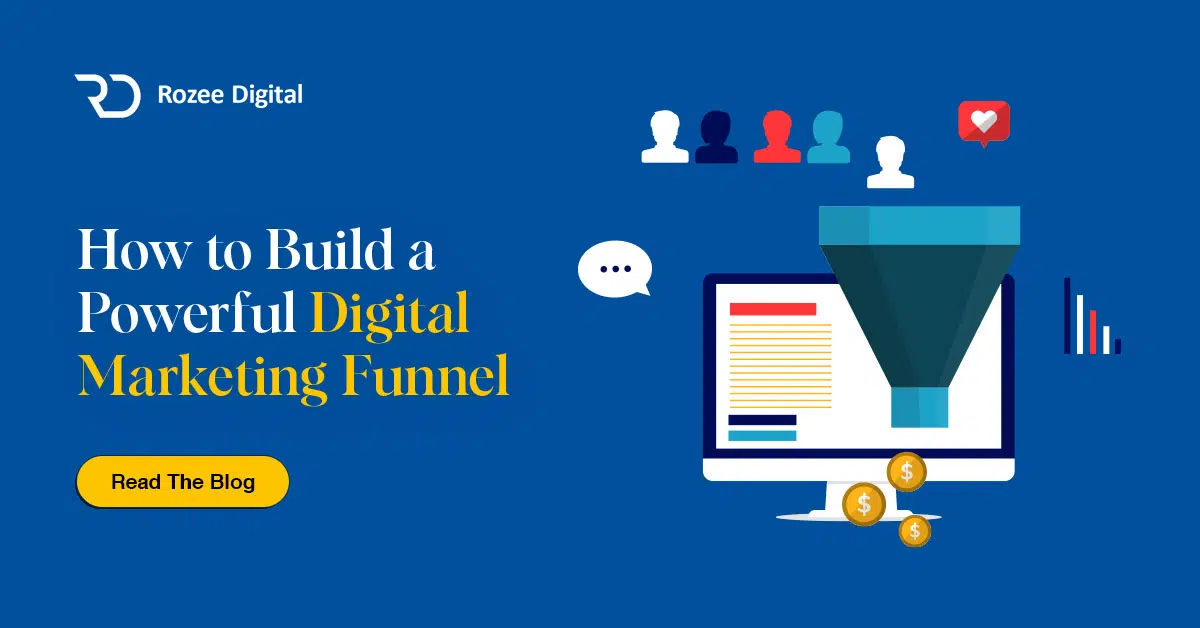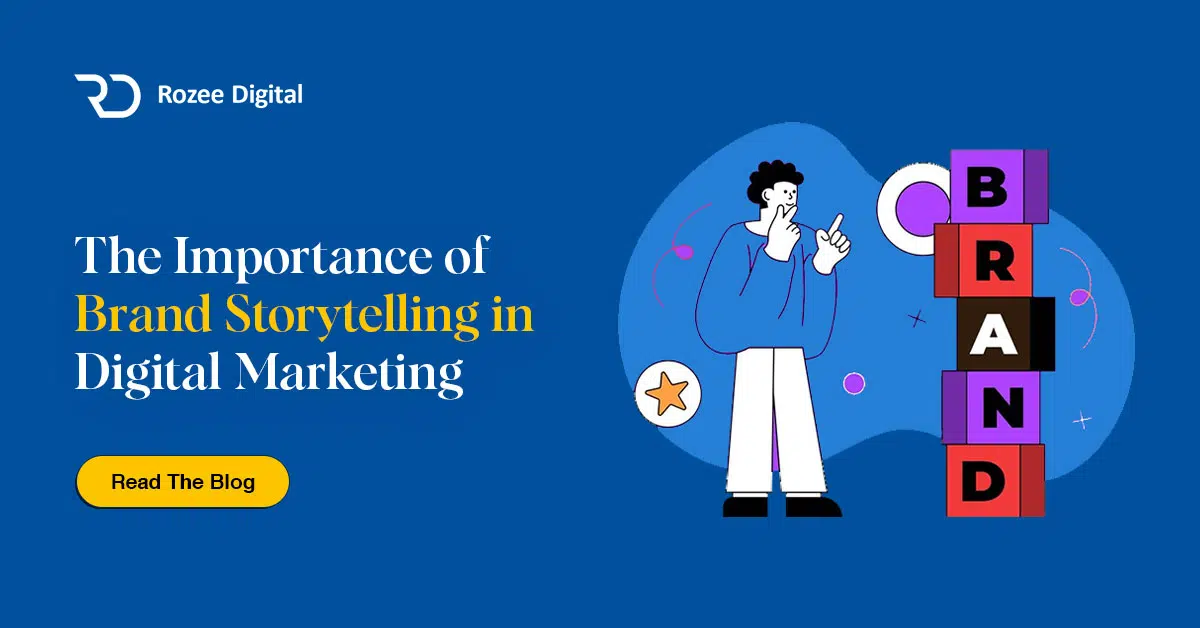As a PPC marketing agency, we get to see so many different types of Google Ads accounts as well as some huge PPC Marketing Mistakes.
We are fortunate to be able to see the bigger picture of what is and what isn’t working in a range of different industries, From Ecommerce to Lead Generation,
Our team continues to see the same mistakes being made over and over again. Consequently leading to a negative impact on the performance of PPC campaigns.
So we thought it would be interesting to share the insights that we have found, in an attempt to help improve the results of campaigns that may be making the same mistakes.
We’ll start with some simple ones and then move into the real game-changers!
Lets Get Started With The 21 Of The Biggest PPC Marketing Mistakes :
1.) Not Adding Negative Keywords
Negative keywords let you control when or when not to show your ads. This is the number one source of wasted adspend that is consistently found in accounts.
Account managers should be constantly checking the search query report to find new negative keywords and prevent showing ads for search terms that are irrelevant.
This task isn’t the most glamorous, but it can really make or break a campaign. For small campaigns, this can be done as little as twice a month. But for larger campaigns, this should really be done once a week.
2.) Not Testing Landing Pages
Whilst trying to increase conversions, often the first idea that springs to mind is to increase clicks.
Before doing that though, it’s a good idea to take a look at the landing pages being used for the PPC campaigns.
Landing pages are one of the only guaranteed ways to increase your conversions without spending more money.
Using Conversion Rate Optimization, landing pages can be a/b tested to attempt to increase conversions.
If the a/b tests are successful, more users will convert at a lower cost.
Want to know where to get started? Take a look at the post What Is CRO?
3.) Not Testing Ads
If ads aren’t regularly being tested then the those campaigns are potentially missing out on two important benefits.
The first is more clicks.
The second is more conversions.
By testing different variations of ads, it is possible to find out which ones are bringing in the most clicks paired with the highest conversions.
4.) Not Testing Ad Extensions
These little snippets of text can make all the difference.
Why?
Because they can help increase your click-through-rates and conversion rates.
In doing so, they can therefore help increase your quality scores – which will again lead to lower costs.
Different versions can be tested to see which ones bring in the results that an account is trying to achieve.
Here’s a great article by Brad Geddes on PPC ad testing metrics.
5.) Not Adding New Keywords
The keywords that are used in campaigns should be consistently expanding with new search terms that haven’t yet been added to your account.
This will lead to more clicks and more conversions.
To do this, the search term report needs to be checked regularly to look for the following :
- Search terms that are getting a reasonable amount of impressions, but no clicks.
- Search terms that are getting clicks and conversions, but haven’t yet been added to your campaigns.
- Themes of potential keywords that you may not already be targeting.
6.) Not Using Single Keyword Adgroups
So if you haven’t heard of or implemented this technique (aka SKAGS), then you’ve been missing out.
This is when you place a Broad Match Modified, Phrase Match and Exact Match for one keyword into its own individual adgroup. Repeated across all of your main keywords.
Using this method will allow you to write more relevant ads for your high-performance keywords and build on their performance.
7.) When device performance varies – no individual campaigns have been created
For some of your campaigns, it’s likely that the conversion rates will differ between different devices.
When this is the case, it is usually a good idea to split up campaigns into 3 duplicates (Desktop, Mobile & Tablet) which will give us much more control over their performance.
8.) Not launching new campaigns with bottom of the funnel keywords
Bottom of the funnel is your low hanging fruit. The users with their credit card out that are ready to buy.
The top of funnel is where most advertisers start out and this is usually much more competitive.
Why start where it’s going to be more difficult for you?
9.) Ignoring generic keywords because they “won’t convert”
This is an all time classic PPC fable. Yes it’s true, generic keywords are usually more competitive and less targeted traffic. But that doesn’t mean that you can’t make them profitable for your business.
As you scale your campaigns, create custom landing pages with well written ad copy and test generic keywords to see if you can make them work.
10.) Not using tried and tested offers in your ad copy
We’ve heard them all before “Call Us Now, Free Delivery, Buy Now, Free Returns”.
There’s a reason marketers use them.
It’s because they work.
11.) Pausing under-Performing campaigns without looking at the segments
Don’t just pause campaigns without looking at the data. You may be able to salvage something that is performing well.
Take a look at these segments before hitting the pause button :
- Device
- Ad schedule
- Geographic location
- Demographics
- Audiences
12.) Not running broad match because of “best practices”
Broad match keywords for years have been the frowned upon.
But they’ve come a long way in the past few years and are now bringing in more relevant search terms for your keywords .
Broad match keywords are a great way to drive traffic for a low budget account as well as finding opportunities for new keywords you may not already be targeting.
Expert Tip : Try pairing broad match keywords with remarketing audiences in a separate campaign.
13.) Having a set budget, despite the fact that you’re exceeding your ROI goals
You’re exceeding your business goals but you aren’t spending more.
Unless you have actual reasons for not doing this, you should always look to maximise your spend as long as you can improve profitability.
14.) Not being ruthless enough when doing budget allocation
If you have campaigns not providing as big of a return as others, then potentially look at reallocating that budget from those campaigns to your highest earners.
Give more money to the campaigns bringing in the biggest returns.
15.) Not having a planned PPC strategy for your busy periods
When a company is going through a busy period, the goal should be to get as much of that traffic as possible.
Some ways that this can be done is :
- Broad match keywords
- Increase bids
- Increase budgets
- Dynamic search ads
- Smart display campaigns
- Increase optimisation frequency
Expert Tip : Have a roll-back plan for when the busy period has finished
16.) Performing ad tests all the way through your busy periods.
Unless an account manager knows for certain that new ads are going to outperform the originals (and who does??!) then this will potentially putting the results at risk.
During busy periods, let tried and tested ads run through and start testing again once the busy period finishes.
17.) Having a preconceived notion of when your high-season begins and ends
Just pausing your campaigns just because you think it’s going to be quiet (Bank Holidays, Christmas Holidays, New Years Day etc) can cause you to miss out on sales.
Unless you know people don’t historically buy on these days, then there’s no reason you shouldn’t try continuing running your campaigns.
18.) Not using Google Ads alerts
What happens when things go wrong?
For most accounts, they don’t find out until the login and see the performance has dropped.
Using Google Ads alerts you can be notified as soon as there’s a shift in performance, so it can be acted on straight away.
19.) Ignoring attribution models
Attribution models give you a bigger picture of your users conversion journeys.
Take a look at the Attribution Comparison tool in Google Analytics to see how different models would impact your PPC management decisions.
It’s possible that you aren’t giving the attention to key aspects of your buyers journey that you should be.
Our in-house attribution favourites are position-based, a little bit of credit for each touchpoint depending on its impact.
20.) Sticking to manual bidding for too long
There’s a time and a place for automated bidding and it can potentially improve campaign results. Whether it’s CPA or ROAS, account managers need to pick the right one for each particular account.
It would be easy to think that it’s all going to be about putting your feet up and enjoying the good life.
It’s not going to happen.
You’re still going to have to make sure you are even more proactive on everything else that goes with effectively managing a PPC account.
21.) Not covering the entire funnel with keywords
Keywords across the whole funnel may not result in direct or “last-click” sales.
But keywords higher up in the funnel could potentially start the users journey with your company.
So it’s as important to cover the whole funnel with keywords as it is to understand the impact they’re having on conversions.
That’s Our List!
I really hope you have found this list useful and are able to apply some of our findings to your own PPC Campaigns!
What mistakes have you seen in PPC accounts before?







